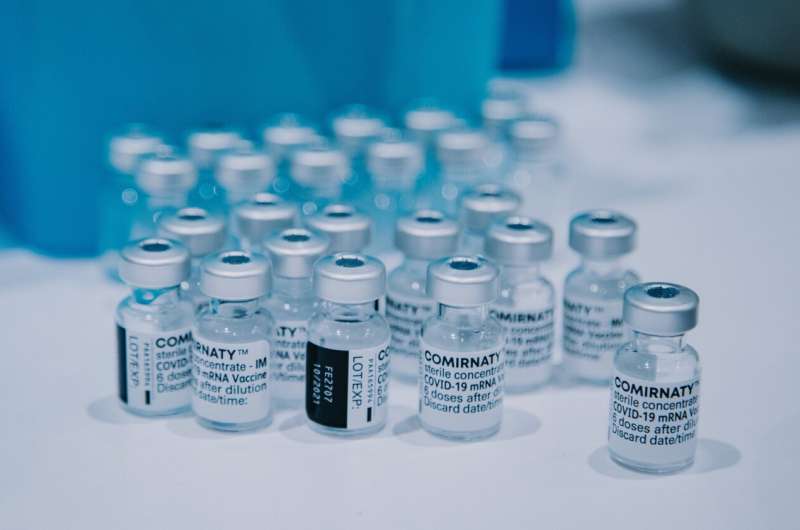Exploring the delivery systems of plasmid DNA and messenger RNA for advanced therapies

The vast potential of non-viral delivery systems of mRNA and pDNA has been demonstrated in the vaccines against coronavirus disease 2019 (COVID-19). Indeed, two formulations of mRNA vaccines from Pfizer–BioNTech and Moderna were approved for emergency use within one year after the pandemic outbreak, and have been administered to billions of people worldwide. Furthermore, a pDNA vaccine developed by Zydus Cadila also obtained emergency approval in India, exhibiting high efficiency for preventing infection in a large clinical trial. These successful examples prompt further research and the development of vaccines and therapeutics based on mRNA and pDNA. The target areas are not limited to preventive vaccination for infectious diseases but expand to therapeutic cancer vaccines, genome editing, and protein replacement therapy.
However, current non-viral systems need improvement. For example, the relatively intense adverse effects of mRNA vaccines, including myocarditis, provoke vaccine hesitancy and debates about repeated boosting. Thus, safer formulations are in demand for mRNA vaccines to become platforms for various infectious diseases. Meanwhile, therapeutic cancer vaccines require more efficient formulations to overcome the immunosuppressive nature of cancers. For other applications, including genome editing and protein replacement therapy, delivery carriers should reach specific tissues and introduce pDNA and mRNA without damaging the tissues.
The development of non-viral delivery systems has two directions. One focuses on the general improvement of delivery processes, which includes preventing extracellular mRNA and pDNA degradation by nucleases, intracellular targeting of mRNA and pDNA to the desired sites, and prolonging the duration of protein expression from mRNA and pDNA. In the other direction, delivery systems are fine-tuned for specific purposes, such as reaching particular tissues and cells to achieve therapeutic goals and stimulating innate immune systems when used in vaccinations.
Prof. Satoshi Uchida (Principal Research Scientist, Innovation Center of NanoMedicine), who is also Associated Professor of the Kyoto Prefectural University of Medicine, published an article review about non-viral messenger RNA (mRNA) and plasmid DNA (pDNA) delivery by addressing the various delivery technologies of mRNA and pDNA, from basic research to therapeutic and clinical application in Pharmaceutics.
This paper provides comprehensive reviews of non-viral mRNA and pDNA delivery by addressing the various delivery technologies of mRNA and pDNA, from basic research to therapeutic and clinical application.
More information: Satoshi Uchida, Delivery Systems of Plasmid DNA and Messenger RNA for Advanced Therapies, Pharmaceutics (2022). DOI: 10.3390/pharmaceutics14040810




















